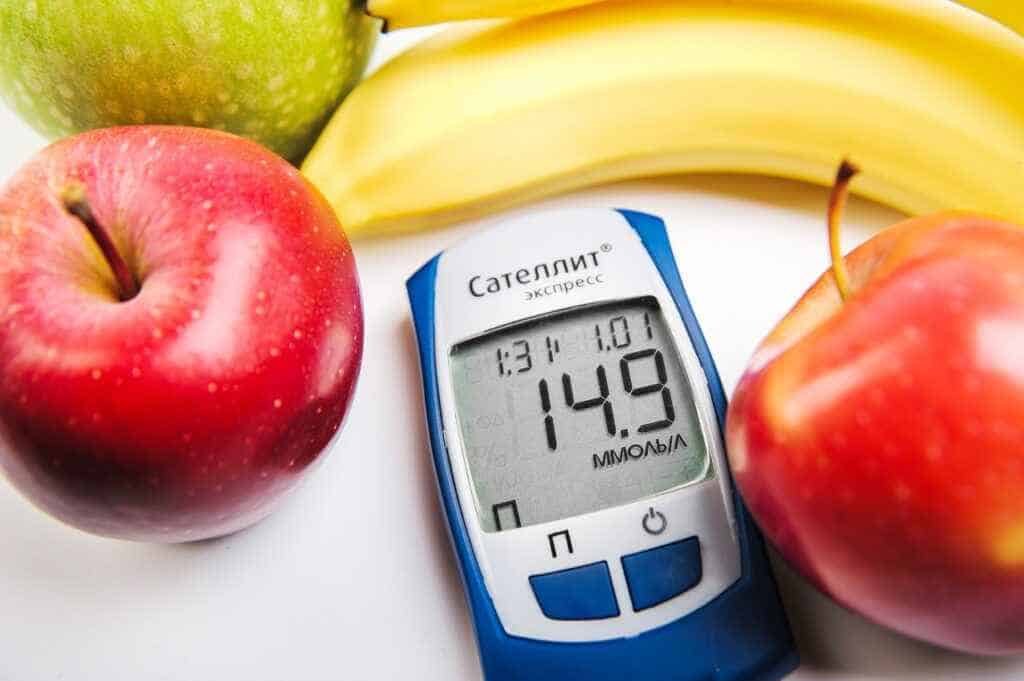Prediabetes is a severe health condition in which insulin resistance levels are elevated, blood sugars are normal or borderline high but not high enough to be classified as type 2 diabetes. More than 84 percent of people with prediabetes are unaware of their condition. You’re more likely to develop type 2 diabetes, heart disease, and stroke if you have prediabetes.
Concept behind pre-diabetes
Insulin is a hormone produced by the pancreas that functions like a key, allowing blood sugar to enter cells and be used for energy. When you have prediabetes, your body’s cells don’t respond to insulin properly. To encourage cells to respond, your pancreas produces more insulin. When your pancreas can’t keep up, your blood sugar levels rise, laying the scene for prediabetes—and later, type 2 diabetes.

Prediabetes can go undiscovered for years since there are no obvious signs, thus it typically remains unnoticed until major health issues such as type 2 diabetes manifest. If you have any of the risk factors for prediabetes, it’s critical to speak with your doctor about having your blood sugar tested.
Prevention
If you have prediabetes, reducing a little amount of weight and engaging in regular physical activity might help you avoid developing type 2 diabetes. For a 200-pound person, a little amount of weight reduction is about 5% to 7% of their body weight or 10 to 14 pounds. Brisk walking or a comparable exercise for at least 150 minutes per week is considered regular physical activity.
Diagnosis
You can get a blood test to see whether you have prediabetes from your doctor. He or she may initially want to check your “fasting blood sugar.” Your fasting blood sugar level is the level of sugar in your blood before you eat in the morning.
Your doctor may order an A1C blood test if your fasting blood test indicates that you have prediabetes. Alternatively, your doctor may forego the fasting blood sugar test in favor of an A1C blood test. This test will provide your average blood sugar levels over the last three months.
Measures you can take
If you’re overweight, reducing only 7% of your initial weight might help you avoid or delay diabetes. If you weigh 200 pounds, dropping 14 pounds may make a significant impact. Weight loss also aids in the reduction of blood pressure and cholesterol.
Exercising is a crucial component of diabetes prevention. At least 5 times a week, you should engage in 30 minutes of moderate physical activity. This may involve going for a quick walk, riding a bike, or going for a swim. Consult your doctor to determine the appropriate degree of exercise for you.
Vegetables, fruits, healthy grains, lean meats like fish or poultry, and low-fat dairy are all good choices. Limit your intake of processed, fried, and sugary foods. Reduce the number of calories you consume each day by eating smaller meals. Instead of sugary drinks, drink water.





